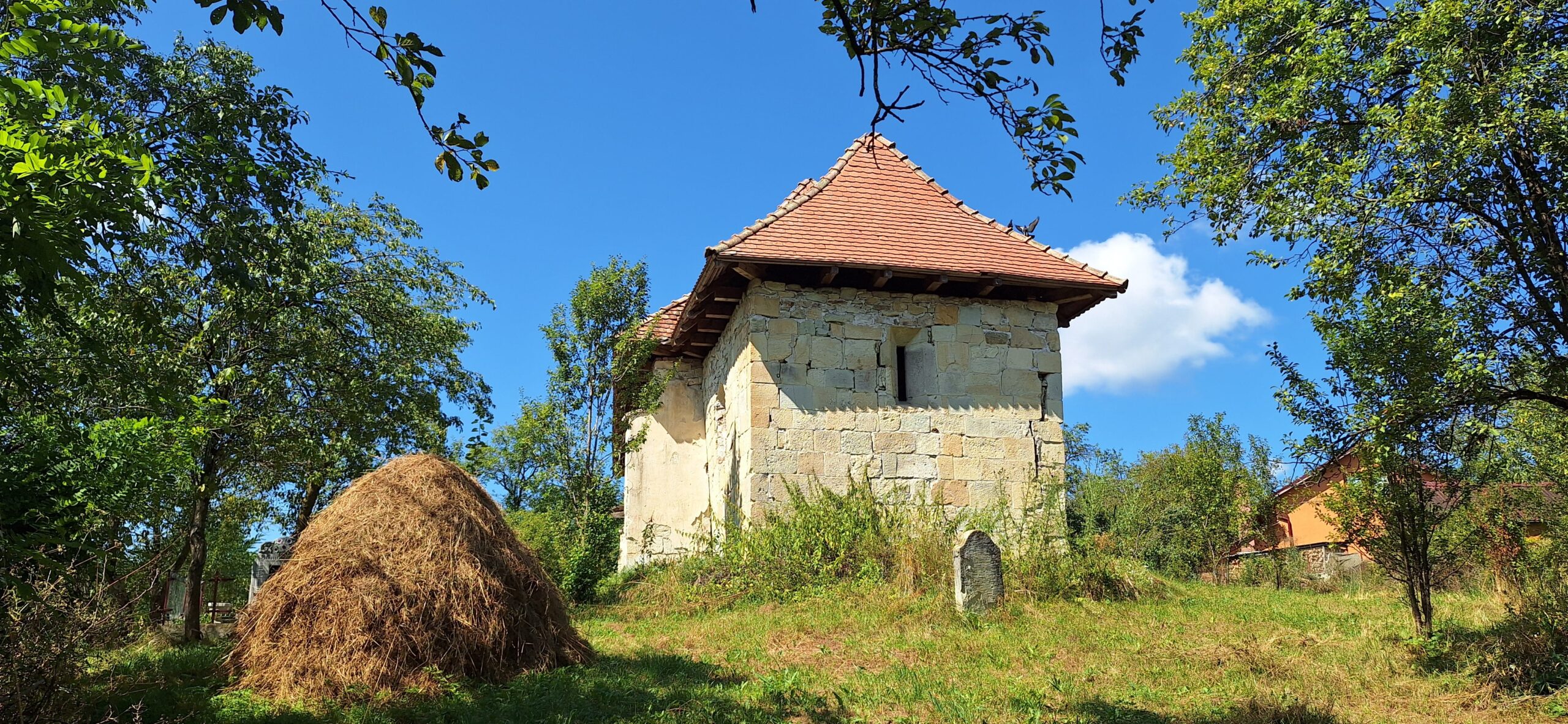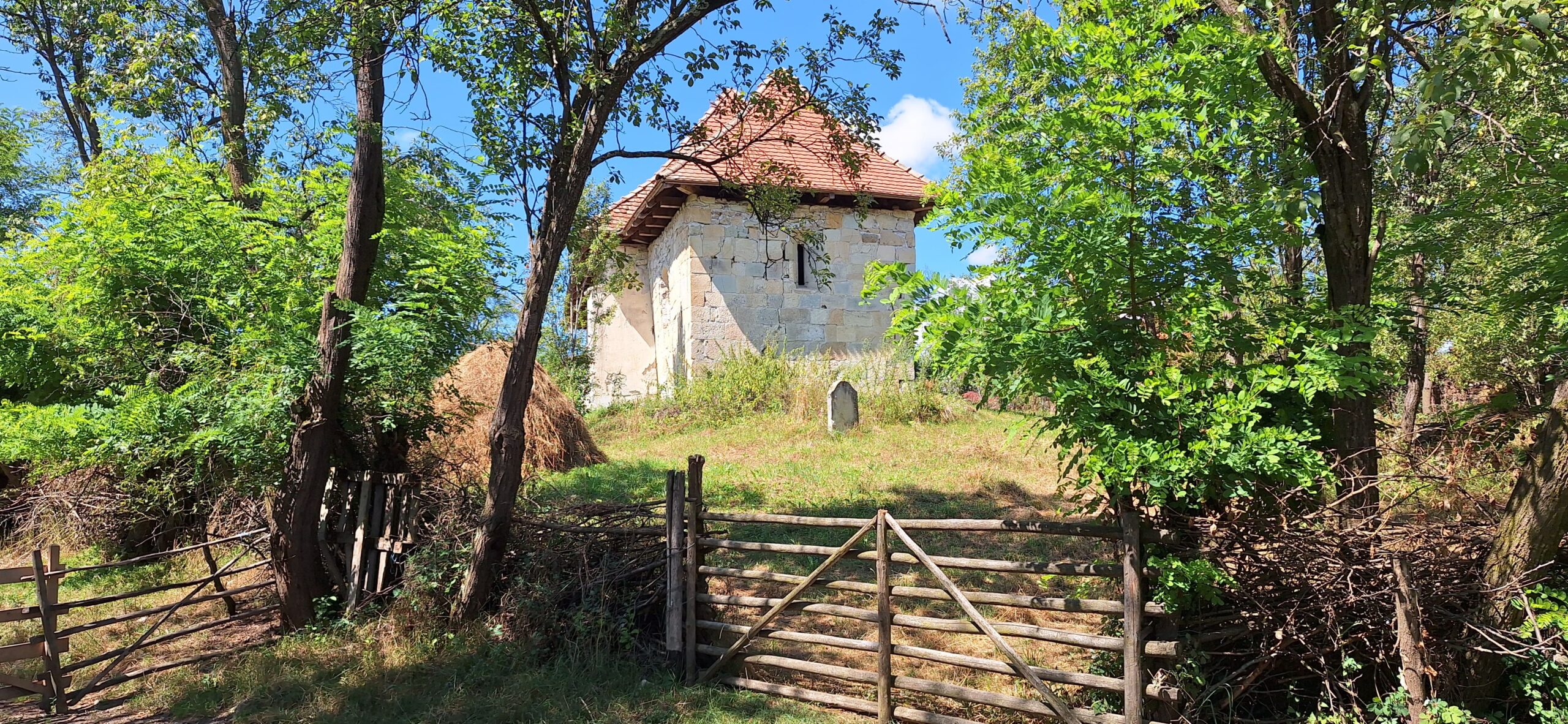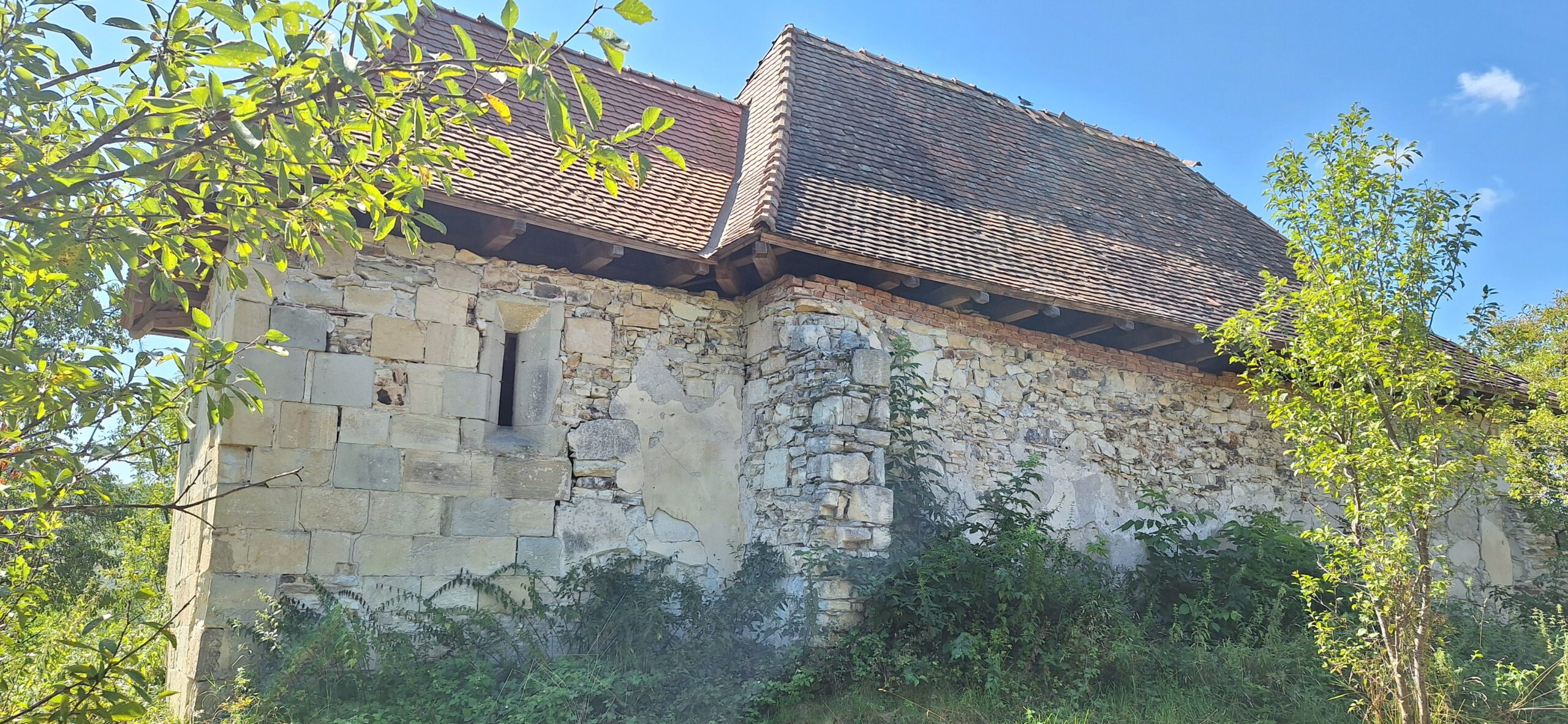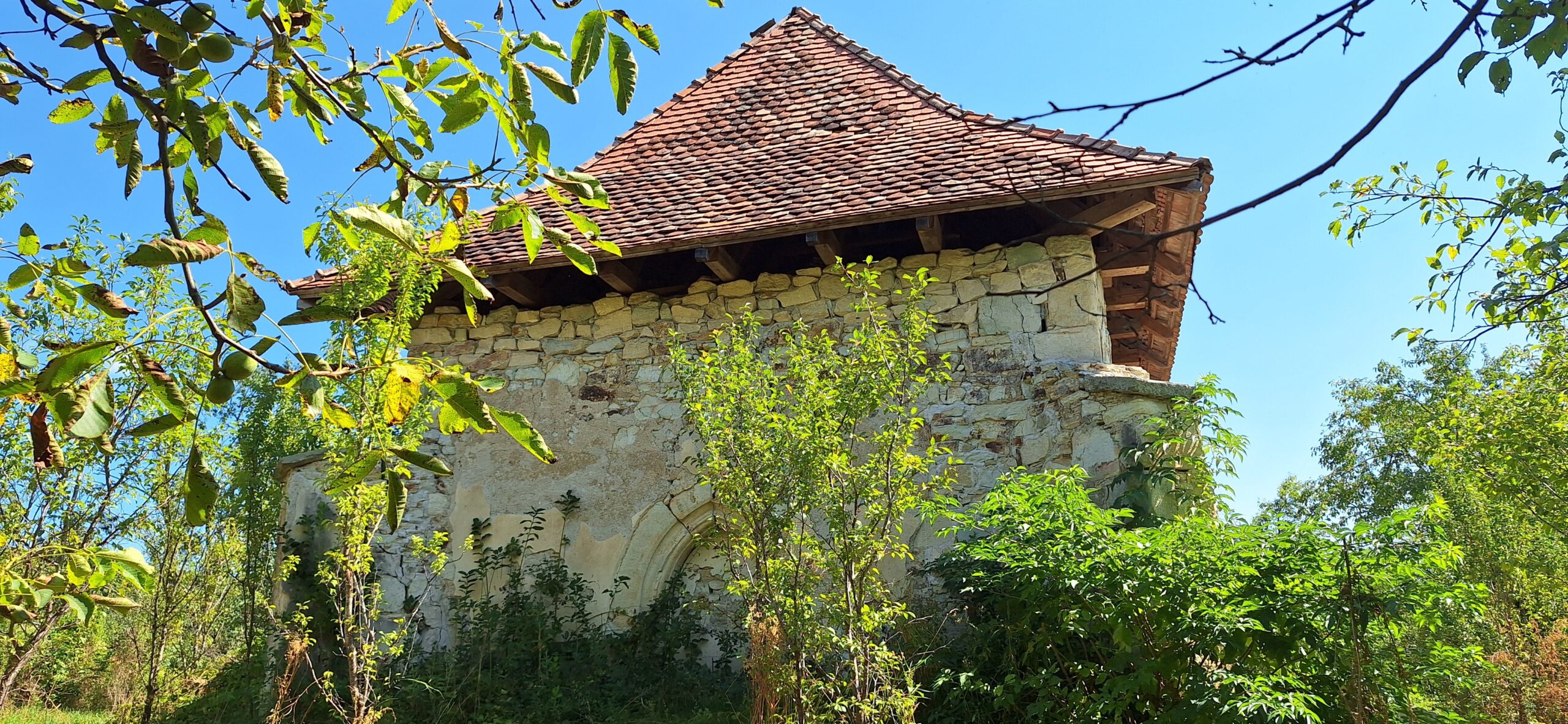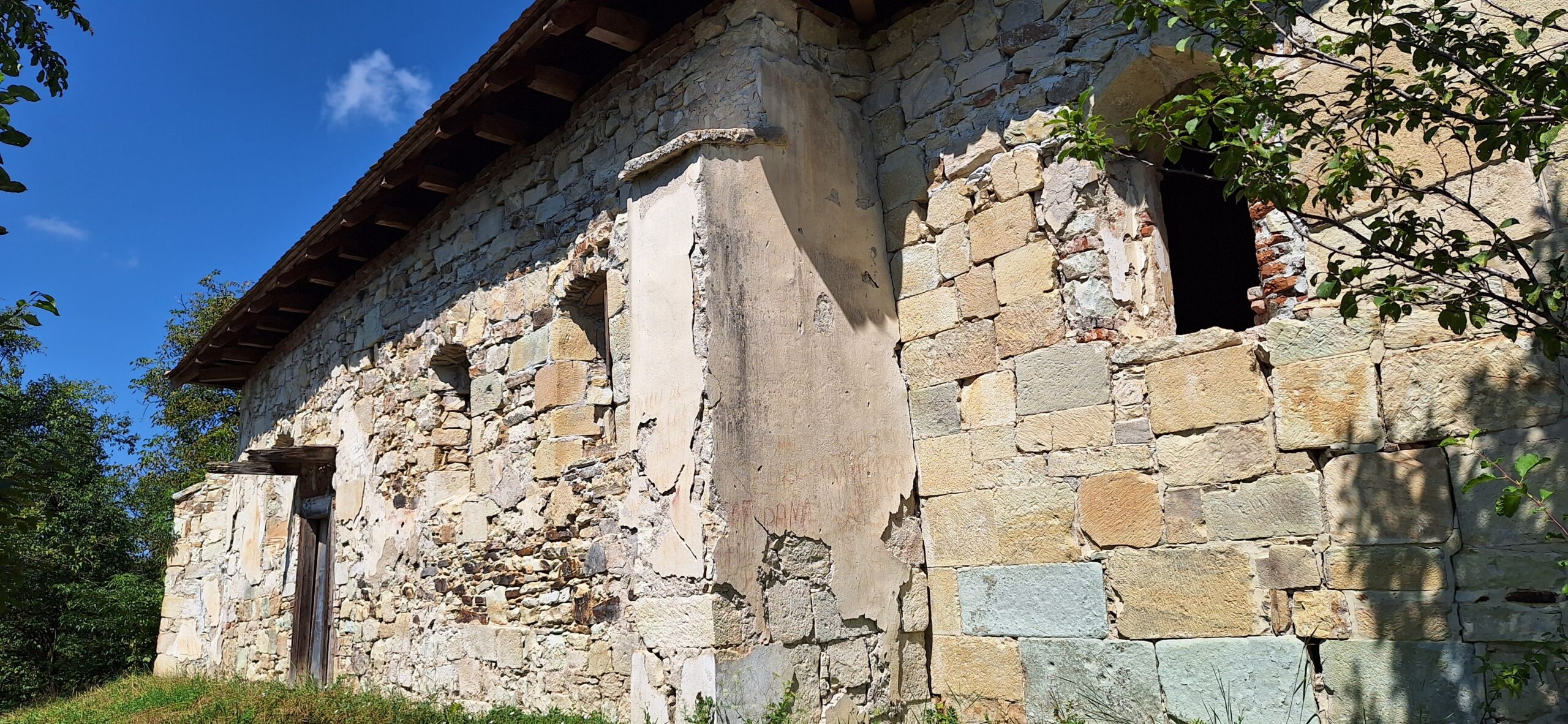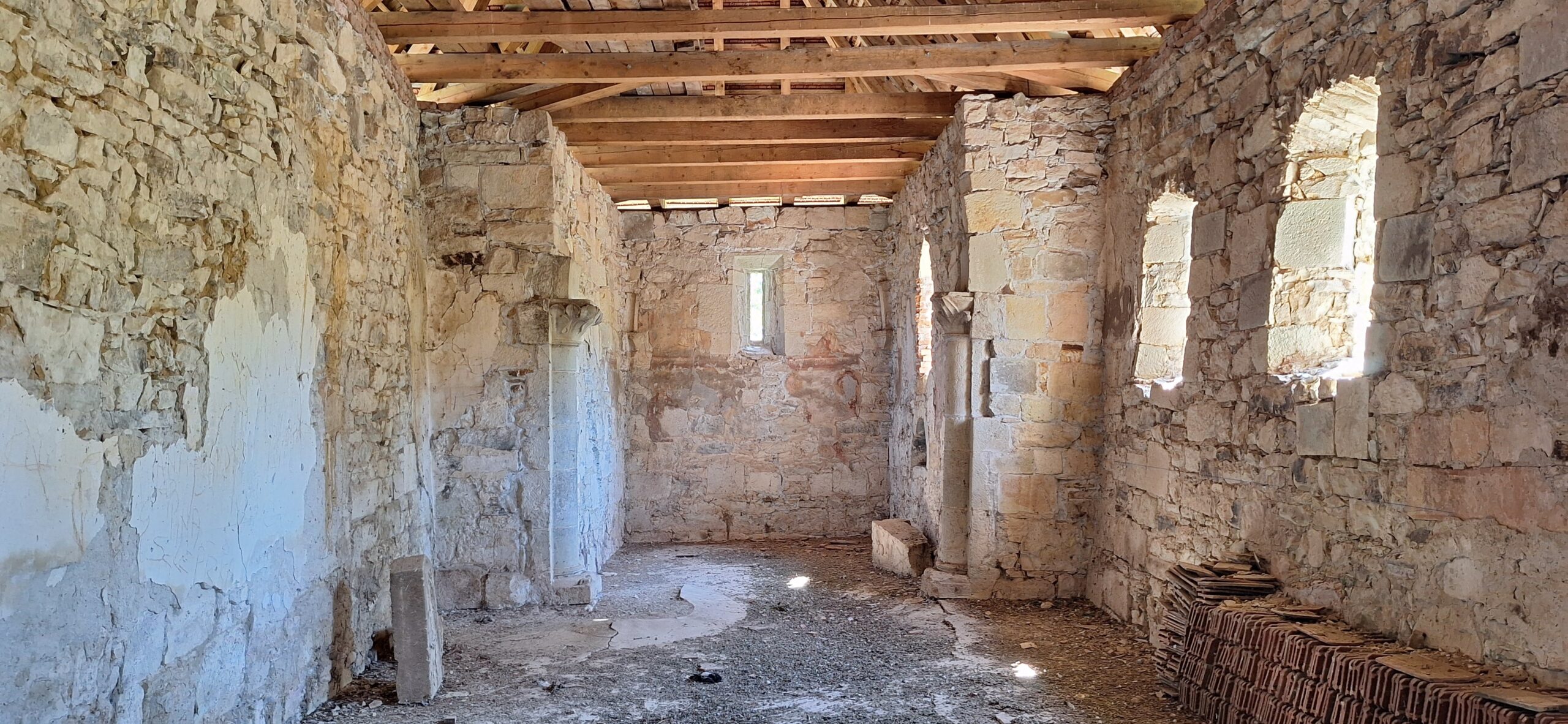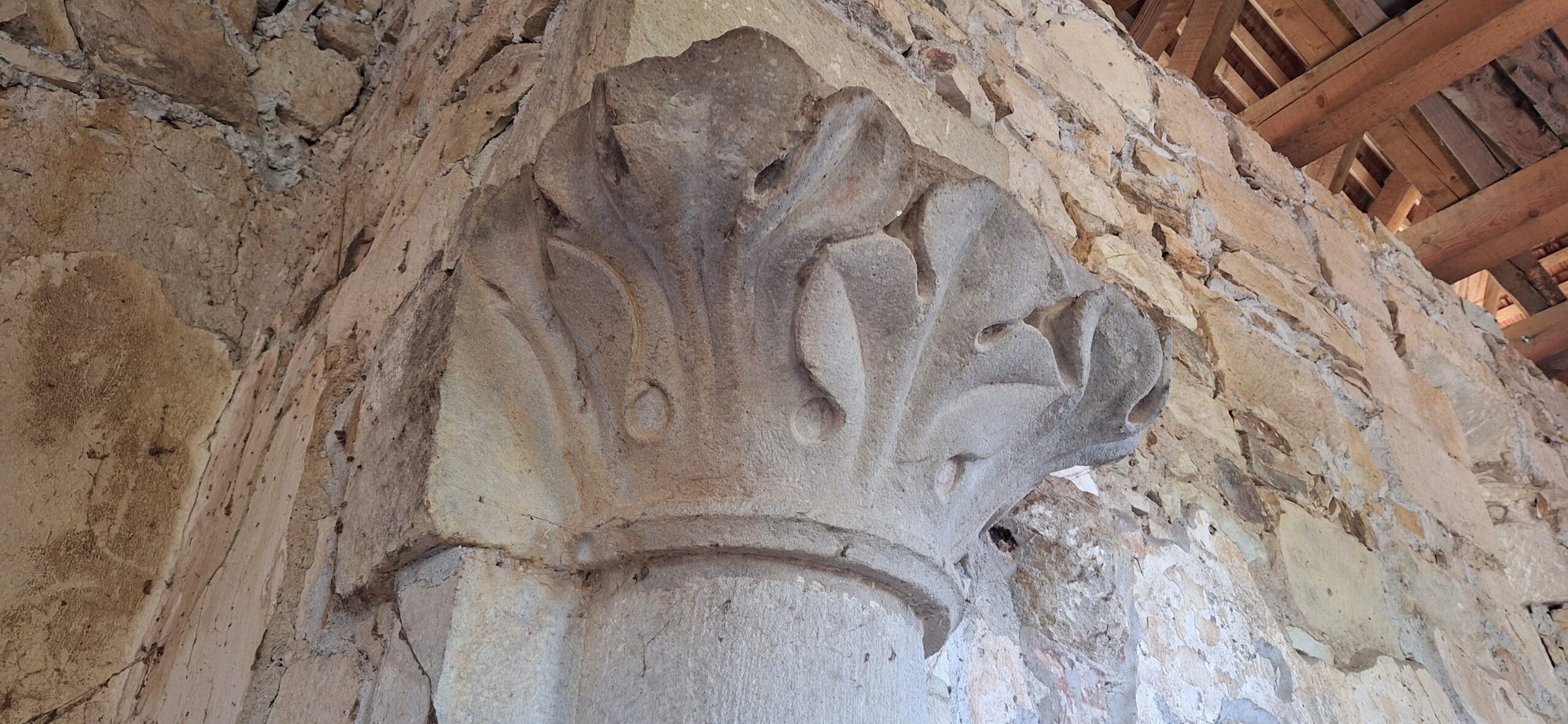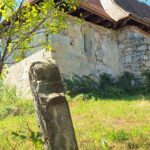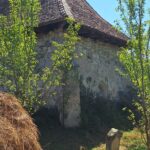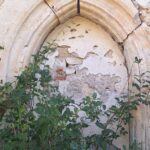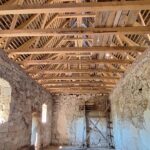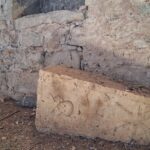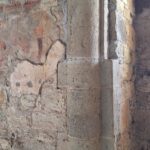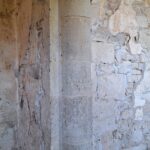Nima (Néma) – Cluj County
Documented as early as 1225, the village belonging to Mintiu Gherlii commune preserves a historical monument of extraordinary value. The Reformed church in Nima was built from carved stone, and is listed as a historical monument in Cluj County since 2015. Unfortunately, it is very little known and promoted.
The Reformed church in Nima, a Cistercian Gothic monument
Built in the 13th century, the Reformed church in Nima was dedicated to Saint Nicholas, the patron saint of the noble family of Nima. Originally Roman Catholic, the church became Unitarian until 1621. It consists of a rectangular Romanesque sanctuary, to which a nave indicating the Cistercian period of Gothic architecture was added. Built from carved stone, the place of worship is decorated with ogival arches and profiled elements with floral motifs. The fragments of mural painting on the sanctuary walls, executed in the 14th century, were discovered during restoration works led by Lajos Bágyuj (1961).
„We discovered a space for storing the holy relics, as well as the portrait of a saint. The uncovered fresco fragments feature finely drawn figures, movements and clothing are accurately depicted. The background of the entire series of images has a Gothic style,” declared Lajos Bágyuj, according to an article written by Péter Sas in the publication Művelődés (2006). The name of the renowned restorer from Cluj is also linked, among many other works, to the discovery of the remains of George Martinuzzi. The resting place of the former governor of Transylvania was brought to light during the restoration of the Alba Iulia Fortress.
„Keys...? There are no keys!” The Reformed church in Nima is always open
According to historians, the Reformed church in Nima had two bells, one being cast in 1690. The other was brought from the demolished Reformed church in the village of Kodor, bearing the Latin inscription „Verbum Domini manet in aeternum, 1597.” While in the 17th century it was an independent parish, by the mid-19th century Nima had become only a filial church of the parish in Ocna Dejului. According to the 2002 census, only 10 ethnic Hungarians still lived in the village. Today, locals say that Mr. Andris is the last „guardian” of the Hungarian community in Nima.
Guided by a villager to speak to Mr. Andris if I wanted to enter the „Hungarian church” because „he has the keys,” I easily found his house. He looked surprised when I mentioned the keys. He explained that there are no keys at all, as the church is always open. Anyway, only a few people go up there. He is the one who occasionally cleans the church and its yard, among the old tombstones. As much as his strength allows, as he moves slowly after undergoing surgery. According to him, too few people are interested in the monument. At least he is glad that at least a new roof has been installed, thus protecting the walls from rain and snow.
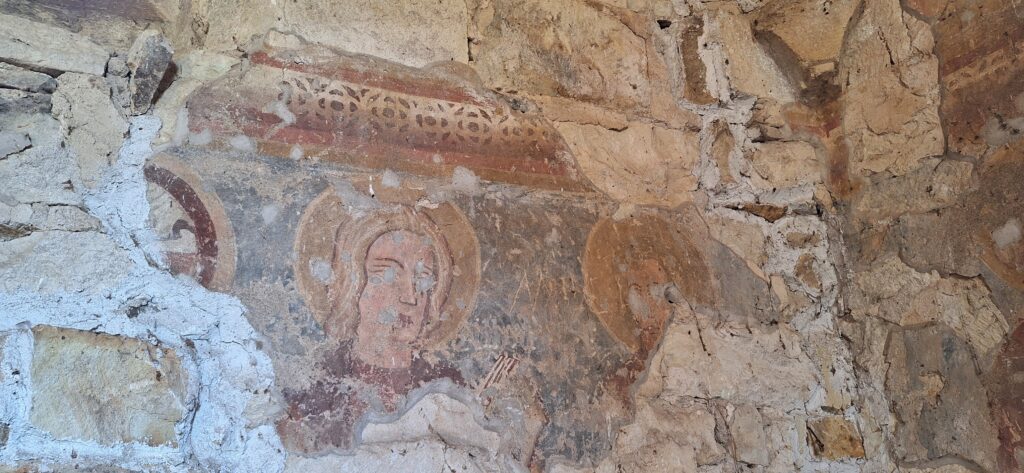
Devoid of valuable items or furniture inside, the Reformed church in Nima has become an excellent dovecote. The evidence is the „carpet” of droppings and the bird corpses on the floor. Uncertainty hangs over the future of the Gothic monument, with the scratches on the exterior walls being the first warning before an eventual vandalism…

